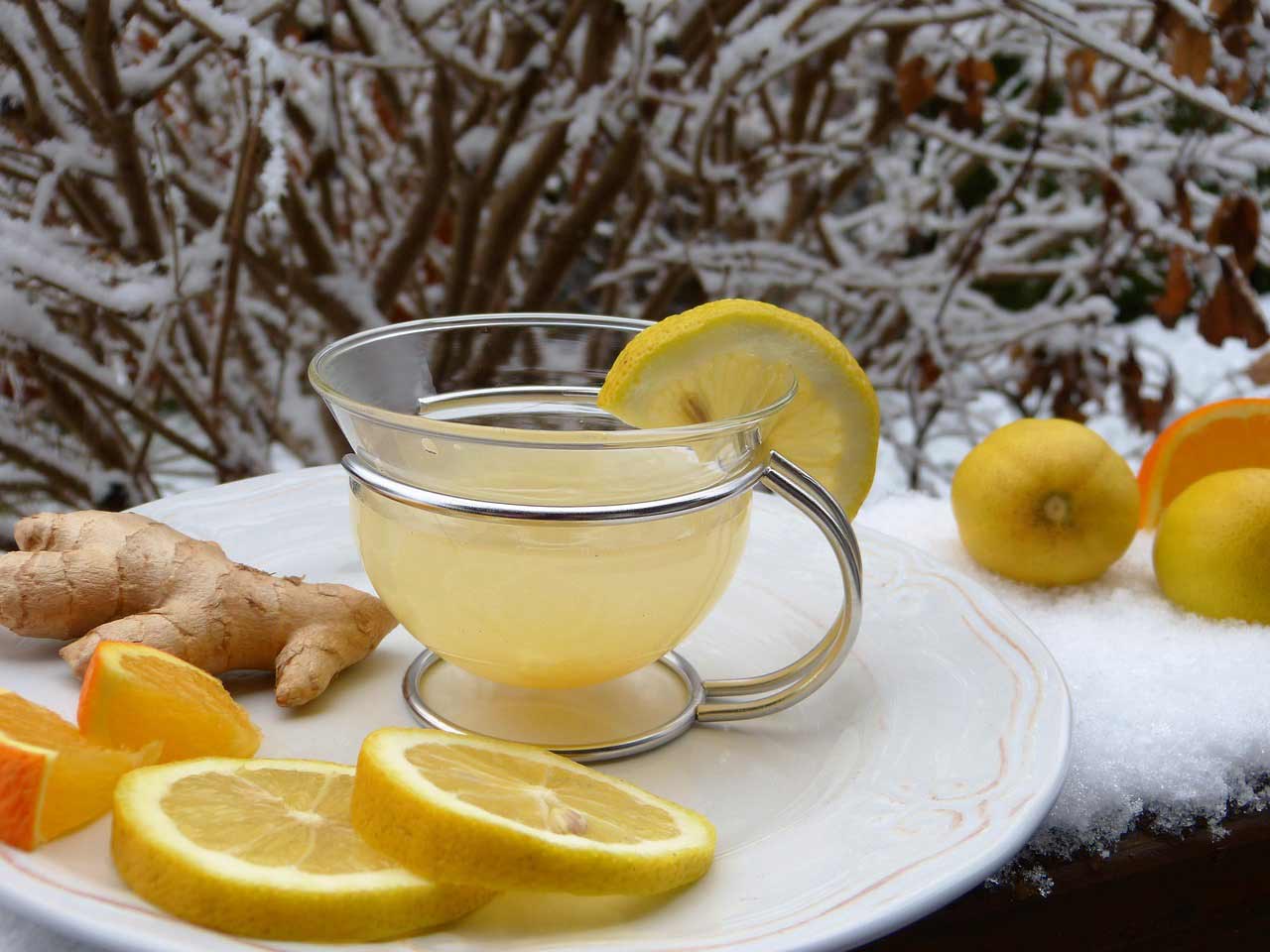Freshly squeezed orange juice is a delightful surprise that infuses your morning routine with sunshine. What happens, though, if you don’t own a juicer? Problems not! This article will show you how to produce orange juice without a juicer, so you can use basic kitchen equipment to enjoy this bright, fresh beverage anytime.
Choosing the Right Oranges
The correct kind of oranges might make all the difference before you begin. Valencia, Navel, or Blood oranges make the sweetest juice. If they feel weighty and firm for their size, they are probably packed with liquid.
Preparation: Washing and Peeling
To get rid of any dirt or pesticides, wash the oranges thoroughly first. While peeling is not required, doing so can lessen the harshness of the white pith. If you prefer, you can leave some pith on to add more nutrients and fiber.
How to Extract Juice Without a Juicer: Detailed Methods
It’s easy to extract juice without a juicer, using common kitchen equipment. Here are several simple ways you can create wonderful orange juice or any other kind of fresh juice without requiring specific equipment.

The Hand-Squeezing Approach
The only instruments needed are you and your hands.
Operation:
For easy juicing, roll the fruit on a surface before cutting.
- Half the fruit.
- Hold one-half of the fruit in your hand and squeeze over a dish or glass with your other hand, cupping and catching the seeds.
- For extra juice, dig your fingertips or thumbs into the segments.
Pros: There are no specialized tools needed for this quick approach.
Cons: It can be exhausting in large amounts, and it cannot remove all the juice.
The Twisting of Forks Method
Needed Tools Another fork.
Procedures:
- Quarter the fruit.
- Using a fork, pierce one half’s pulp.
- As you squeeze the apple, twist the fork to help separate the sections and release more juice.
- With the other half, repeat.
Pros: Hand-squeezing doesn’t break up pulp as well as this does.
Cons: It can be a dirty and labor-intensive task.
The Spoon Pressing Method requires the following tools: a spoon.
Procedures:
- Halve the fruit.
- Using a spoon, scoop out the fruit sections into a bowl.
- To extract the juice, press and scrape the spoon up against the pulp.
Pros: Effective at removing a lot of fluid.
Cons: It needs a little more cleanup and takes more effort.
Blender Method Requires a bowl, strainer, and blender.
Procedures:
- Peel the fruit and remove any seeds.
- Toss the fruit bits into the mixer.
- Pulse a few times to have the mixture roughly diced but not quite pureed.
- In a bowl, sift the mixture through a screen. Press the pulp and remove the juice using a spoon or spatula.
Pros: exceptionally fast and good for big amounts.
Cons: There is a need for more cleaning and electricity.
Cinderella Method (for Citrus)
A rolling pin, a plastic bag or plastic wrap, and a strainer are the tools required.
Operation:
- To soften the citrus fruits, roll them over a surface.
- Half the fruit.
- Place the halves between sheets of plastic wrap or in a plastic bag.
- Roll over the fruit with a rolling pin, squeezing out the liquid with hard pressure.
- Take the fruit off, then filter the juice.
Pros: Effective in removing juice with minimal pulp.
Cons: Some setup and cleaning are required.
Straining Your Juice
| Method | Tool Needed | Description | Result |
|---|---|---|---|
| Fine Mesh Sieve | Fine mesh sieve | Pour the juice through the sieve placed over a bowl. Use a spoon to press the pulp. | Smooth juice with minimal pulp. |
| Cheesecloth | Cheesecloth and a bowl | Place the cheesecloth over a bowl and pour the juice into it. Gather and squeeze by hand. | Very smooth juice, almost no pulp. |
| Nylon Bag | Nylon bag (nut milk bag) | Pour the juice into the nylon bag over a bowl and squeeze the bag to extract the juice. | Smooth juice, good for removing all pulp. |
| Hand Straining | Your hands | Use your hands to squeeze pulp directly over a bowl to catch the juice. | Juice with lots of pulp, less smooth. |
| Kitchen Towel | Kitchen towel | Similar to cheesecloth, use a clean kitchen towel over a bowl to strain the juice. | Smooth juice, but may absorb some juice. |

Serving and Storing Your Orange Juice: Tips for Optimal Freshness
Once you’ve mastered the skill of producing orange juice without a juicer, you need to make sure you’re serving and storing it correctly to preserve its freshness and bright flavor.
Here are some practical tips on how to do just that:
Serving Your Orange Juice
Juice Oranges Right Away: Fresh orange juice is the best. The natural sugars in orange juice begin to break down shortly after juicing, compromising both taste and nutrition. Serving your orange juice immediately after production ensures the optimal experience.
If you’d like a cold drink, pour it over ice; if you’d rather have it room temperature, savor the zest and tang of just squeezed oranges.
For an extra bit of flair, think about garnishing with a sprig of mint or an orange slice on the glass’s rim. These easy garnishes can give your drink a little extra visual appeal and scent.
Storing Your Orange Juice
The freshness of the juice depends on proper storage if you can’t drink it all at once. To reduce air exposure, transfer the orange juice into a glass container with a tightly fitting cover. Glass is better than plastic because it is easier to clean completely and won’t absorb flavors.
Store freshly squeezed orange juice in the refrigerator and consume it within two to three days. Its fresh taste and health advantages will diminish with time. Away from the door, in the coldest section of your refrigerator—typically the back—store the container.
Longer Storage with Freezing: If you have a lot of juice or wish to retain it for more than a few days, freezing is a possibility. Using an airtight container or ice cube trays, freeze the juice. Drop the cubes into a freezer bag after they have frozen. Using this technique, you can have orange juice for up to three months. When you’re ready to drink, thaw in the refrigerator overnight.
Keeping It Fresh: After pouring any juice, always ensure that the container’s lid is firmly shut. Limiting the juice’s exposure to air can help prevent oxidation, a process that can degrade its flavor and quality.
Conclusion
It’s easy to make orange juice without a juicer, and it tastes great. Using kitchenware you already own, you can quickly and easily enjoy a glass of freshly prepared orange juice.
It’s not just a healthier substitute for juices from the shop; you can also adjust the sweetness and texture to suit your tastes. So bear in mind this advice and squeeze away the next time you want a cool beverage!

Je m’appelle Gunther Adam et je suis ravi de partager avec vous le monde des saveurs vibrantes, de la vie saine et de l’art du goût. Learn More




